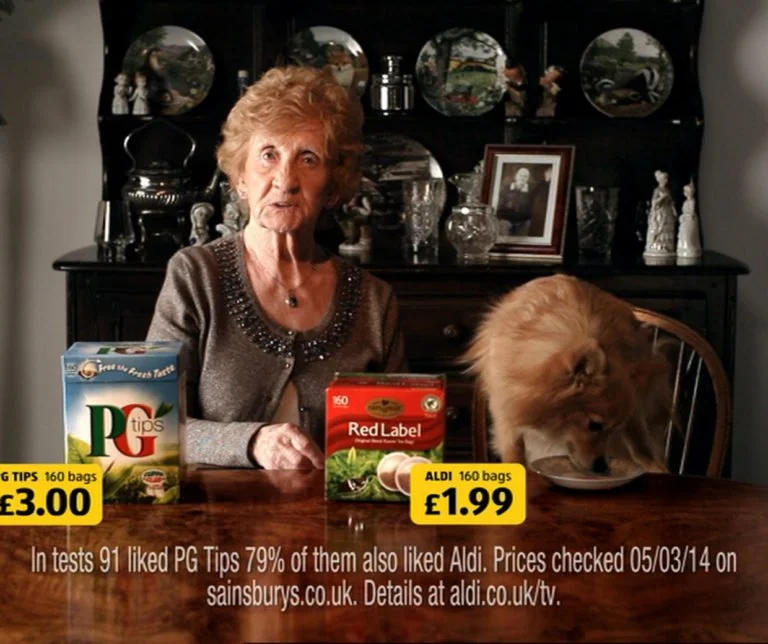Anchoring bias
The anchoring bias occurs when people tend to rely too heavily on the first piece of information they see.
What is the anchoring bias?
The first piece of information - especially a number - we see, acts as the starting point (or anchor) for the comparisons we make when making decisions.
The evidence it works
In 1974 Kahneman and Tversky recruited participants to spin a wheel of fortune that was rigged to stop on either 10 or 65.
When the arrow stopped, they asked the participants to say if they believed the percentage of African countries in the UN was higher or lower than the number on the wheel.
Next, they asked people to estimate what they thought the actual percentage was.
Even though the number on the wheel had no logical relevance to the actual answer, it influenced the participant’s responses:
So, people who landed on 10 guessed around 25%, and those who landed on 65 guessed around 45%. Their minds were anchored to that number of the wheel.
How it builds brand memorability
One of the key drivers of brand memorability is ‘Ease’.
If you make your brand easy to access, deal with and buy from, you’re going to build strong, positive connections that lead to memorability.
At the point of purchase, or during the journey to purchase, customer’s decision-making can be made easier by leveraging behavioural biases. And METRIC is our tool for harnessing the power of these biases - snap judgements that help the brain make quick decisions in context - for clients.
METRIC organises the biases into six categories - because these are the key ‘resources’ we always have to spend when make decisions. They are Money, Effort, Time, Risk, Individuality, and Conscious thought. Which handily spells METRIC.
So presenting choices in one of these six frames can tip the balance in comms.
How we've used it with clients.
SHARPS
In Sharps Bedrooms TV ad we used the anchoring bias by first showing the audience the unappealing alternative to Sharps’ beautiful fitted wardrobes, which is its inadequate freestanding equivalent.
With items stacked on top and underneath, the audience can easily compare this untidy solution with Sharps’ fitted wardrobes, that merge stylishly with the bedroom’s design, leaving no unsightly clutter.
What the this means is that Sharps gives you twice as much storage space.
This campaign led to a significant increase in key metrics.
Great examples of Anchoring in marketing
The anchoring bias helps us live healthier lives
A simple but effective example of anchoring is the “5 a day” push to get people to eat fruit and veg is a great example of this. ‘5’ has little scientific basis as the right amount to eat, but people have latched on to it.
The anchoring bias is commonplace in supermarket advertising
With aisles and aisles of brands to choose from it’s no surprise that for brands like ALDI, anchoring is a go-to behavioural bias for cutting through the competition.
Take ALDI’s ‘Like’ ads for example. They use price comparison to present brands with a higher price first. They do this to anchor the audience’s view on price before presenting the ALDI option, which is a much lower. Which do you choose?



